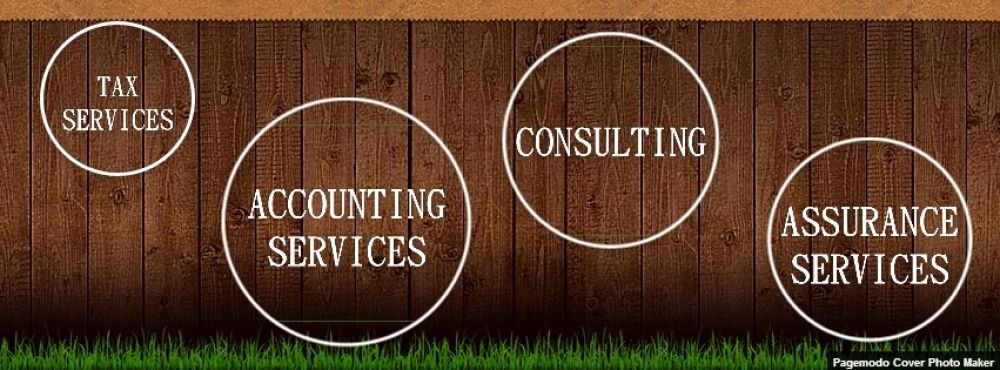Why do you care? Well for starters, people with a better credit rating enjoy significantly lower interest rates that can add up to thousands of dollars less in interest payments over the term of the loan. For example, a fixed 30-year mortgage payment varies with respect to credit score and the interest rates corresponding to the credit score. Having a score that is two hundred points higher can offer a savings of $448 a month for the same $200,000 house loan. Good credit ratings also provide for quicker loan approvals, fairer loan terms, and more credit.
Although there are various credit ratings or scores, the FICO® score is probably the most widely used of credit bureau scores. The FICO® ranges from 300 to 850. If you have a credit score lower than 650, your options for financing, ability to get a job, rent a home, and eligibility for a lease could be significantly affected.
Your credit rating can be affected by fraud and identity theft. So it is important to not only maintain a good credit rating but to periodically check on it for fraudulent activity and errors that can adversely affect your financial security. If someone has accessed your Social Security number, very little additional information is required to commit identity fraud in your name. Identity theft typically entails establishing false bank accounts, credit cards, utilities, and loans. Early detection is the best way to mitigate lasting damage to your credit record.
If you discover an error on a credit report, you should immediately take steps to have the error corrected. The law allows you to ask for an investigation of information in your file that you dispute as inaccurate or incomplete. There is no charge for this. Some people hire a company to investigate on their behalf, but anything a credit repair clinic can do legally, you can do for yourself at little or no cost.
According to the Fair Credit Reporting Act (FCRA):
You are entitled to a free report if a company takes “adverse action” against you, like denying your application for credit, insurance, or employment. You have to ask for your report within 60 days of receiving notice of the action. The notice will give you the name, address, and phone number of the consumer reporting company. You are also entitled to one free report a year if you are unemployed and plan to look for a job within 60 days; if you are on welfare; or if your report is inaccurate because of fraud, including identity theft.
Each of the nationwide consumer reporting companies — Equifax, Experian, and TransUnion — is required to provide you with a free copy of your credit report once every 12 months, if you ask for it. The three companies have a central website, a toll-free telephone number, and a mailing address for consumers to order the free annual credit reports that the government entitles them to. To order, click on
annualcreditreport.com, call 1-877-322-8228, or complete the
Annual Credit Report Request.
You may order reports from each of the three consumer reporting companies at the same time, or you can stagger your requests, ordering one from each company throughout the year from the central address. Don’t contact the three nationwide consumer reporting companies individually or at another address because you may end up paying for a report that you are entitled to get for free. In fact, each consumer reporting company may charge you up to $10.50 to purchase an additional copy of your report within a 12-month period.
It doesn’t cost anything to dispute mistakes or outdated items on your credit report. Under the FCRA, both the consumer reporting company and the information provider (that is, the person, company, or organization that provides information about you to a consumer reporting company) are responsible for correcting inaccurate or incomplete information in your report. To take advantage of all your rights under the FCRA, contact the consumer reporting company and the information provider.
How to challenge an error – Although you can hire firms to do credit repair, there is nothing they can do that you cannot do yourself. Here is the simple 2-step process to challenge an error on your credit report:
STEP 1:
Tell the consumer reporting company, in writing, what information you think is inaccurate. Include copies (NOT originals) of any documents that support your position. In addition to providing your complete name and address, your letter should identify each item in your report that is being disputed; state the facts and the reasons you are disputing the information and ask that it be removed or corrected. You may want to enclose a copy of your report and circle the items in question. Send your letter by certified mail with a “return receipt requested” so you can document that the consumer reporting company received it. Keep copies of your dispute letter and enclosures.
Your letter may look something like the one below suggested by the Federal Trade Commission.
Consumer reporting companies must investigate the items you question within 30 days — unless they consider your dispute frivolous. They also must forward all the relevant data that was provided about the inaccuracy to the organization that provided the information. After the information provider receives notice of a dispute from the consumer reporting company, it is required to investigate, review the relevant information, and report the results back to the consumer reporting company. If this investigation reveals that the disputed information is inaccurate, the information provider has to notify the nationwide consumer reporting companies so they can correct it in your file.
When the investigation is complete, the consumer reporting company must give you the results in writing, too, and a free copy of your report if the dispute results in a change. If an item is changed or deleted, the consumer reporting company is not permitted to put the disputed information back in your file unless the information provider verifies that it is accurate and complete. The consumer reporting company also must send you written notice that includes the name, address, and phone number of the information provider. If you ask, the consumer reporting company must send notices of any correction to anyone who received your report in the past six months. You also can ask that a corrected copy of your report be sent to anyone who received a copy during the past two years for employment purposes.
If an investigation doesn’t resolve your dispute with the consumer reporting company, you can ask that a statement of the dispute be included in your file and in future reports. You also can ask the consumer reporting company to provide your statement to anyone who received a copy of your report in the recent past. You can expect to pay for this service.
STEP 2:
Tell the creditor or other information provider, in writing, that you dispute an item. Be sure to include copies (NOT originals) of documents that support your position. Many providers specify an address for disputes. If the provider reports the item to a consumer reporting company, it must include a notice of your dispute. And if you are correct — that is, if the information is found to be inaccurate — the information provider may not report it again.
For more detailed information, visit the FTC website
Consumer Protection page. Please call this office for assistance.














